UAV Tu-141 "Strizh" and Tu-143 "Flight". From reconnaissance to targets
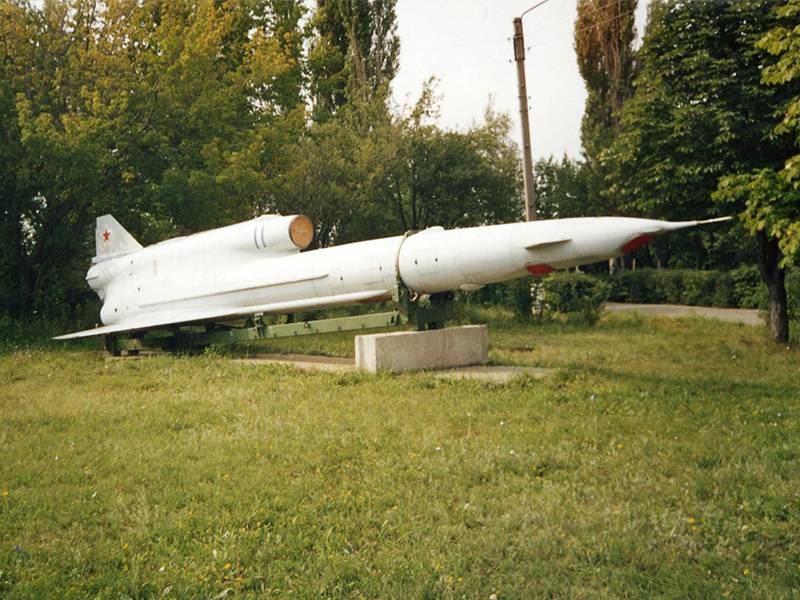
In the 143s, Soviet industry developed and brought into service the Tu-141 Reis and Tu-XNUMX Swift unmanned aerial vehicles of the heavy class. They were intended for reconnaissance of areal targets, areas and routes at different depths of the enemy's defense. In the future, complexes of two types found practical application, and also underwent modernization. Despite moral and physical obsolescence, individual products are still used for one purpose or another.
New means of intelligence
In the mid-sixties, the USSR Air Force received an unmanned reconnaissance complex DBR-1 with a heavy Tu-123 Yastreb aircraft. The UAV could fly according to a given program and conduct reconnaissance at a depth of hundreds of kilometers. At the same time, a soft landing was not provided for on return: only the nose compartment with valuable equipment and reconnaissance results was saved, while the rest of the Hawk design was disposable.
In 1968, the Council of Ministers issued a decree on the development of two new unmanned reconnaissance systems - VR-2 Swift and VR-3 Flight. It was required to create fully returnable reusable UAVs. The latter had to differ in size, composition of equipment and flight characteristics. With the help of the BP-2 complex, it was planned to carry out reconnaissance at a depth of tens of kilometers, and the BP-3 required a range of hundreds.
The development of complexes and UAVs was again entrusted to the Tupolev Design Bureau. Subsequently, the drone for the VR-2 received the designation Tu-141, and the product from the VR-3 was named Tu-143. Also, the ciphers of the complexes were transferred to them - "Strizh" and "Flight", respectively.
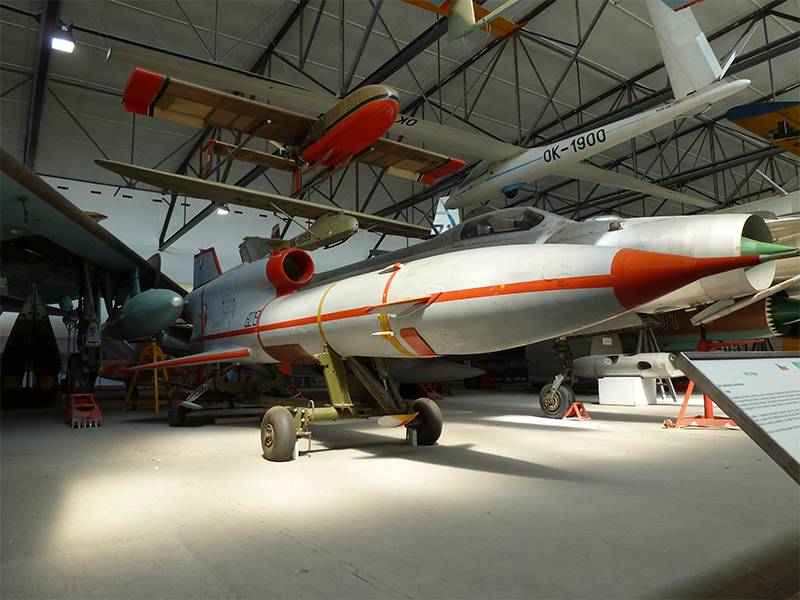
Due to the lower requirements for the main characteristics, the development of the Tu-143 went faster and was completed earlier. The first flight of such a product took place at the end of 1970, and in 1972 state joint tests began. The following year, the first experimental batch was made. drones. In 1976, the VR-2 complex was adopted and mass-produced.
The larger and more complex Tu-141 Swift took off only at the end of 1974. It took a few more years to fine-tune the design, and in 1979 the BP-3 complex was put into service.
Technical features
The Tu-141 and Tu-143 UAVs were built according to the same scheme and have a similar appearance - despite a significant difference in size, weight and other characteristics. Both drones received a spindle-shaped fuselage of high elongation, in the tail section of which there is a protruding air intake fairing on top. In the bow, a horizontal plumage of a small area is provided, with a shift towards the tail - a triangular wing of a large sweep. The keel is located on the upper fairing.
The Tu-143 "Flight" drone had a length of approx. 8 m with a wingspan of 2,24 m. Takeoff weight - 1230 kg. The length of the Tu-141 "Strizh" exceeded 14,3 m, the wingspan was approx. 3,8 m. The total mass of this product reached 5,37 tons. The difference in dimensions and weight was used mainly to increase the fuel supply and flight range.
The "Flight" was equipped with a TR3-117 turbojet engine with a thrust of 640 kgf. For the launch, a dumped solid fuel SPRD-251 was used. The Strizh used similar solutions, however, it received a more powerful turbojet engine of the KR-17A type with a thrust of 1960 kgf. The cruising speed of both UAVs was in the range of 950-1000 km/h. Tu-143 could rise to a height of up to 1 km, Tu-141 - up to 6 km. The range of the "Flight" was limited to 180 km, and the Tu-141 could fly 1000 km.
For two UAVs, programmable automatic control systems were developed. Navigation in flight was carried out using a Doppler speed and drift meter, a radio altimeter and a computer. The flight was carried out according to a given program: a typical task included long straight sections, incl. with the use of reconnaissance equipment, as well as several turns.
The Tu-143 was equipped with two variants of the nose instrument compartment. The first was equipped with a PA-1 aerial camera with film shooting. The second one received I-429B television equipment and a radio station for transmitting a signal to the ground facilities of the complex. Radiation reconnaissance equipment with Sigma-R data transmission could also be used. The target equipment of the Tu-141 included cameras and an infrared reconnaissance system.
The product "Flight" was transported and launched using a self-propelled launcher SPU-143, made on the basis of the combat vehicle of the Redut missile system. The drone was placed inside a closed container with guides. For the Swift, an open-type launcher with a rail guide was intended. The takeoff was carried out with the help of a starting accelerator.
Both UAVs performed landing using a parachute. When approaching a given landing area, the device, with the help of a braking parachute and maneuvering, had to dampen speed. Then the main parachute was thrown out. Due to the characteristics of the autopilot, a landing area of 700x700 m was required for landing.
Ways of development
Tu-143 "Flight" and Tu-141 "Strizh" were originally created as reconnaissance aircraft. However, in the future they had to learn new specialties. Sufficiently high flight performance, autopilot and the ability to fly along a given route made it possible not only to survey the terrain.
Even at the stage of development of basic projects, the possibility of turning the Tu-141 and Tu-143 into unmanned targets for training air defense systems calculations was studied. In fact, such a target differed from a reconnaissance only in the absence of a camera and other devices. In the future, such a modification has found application in practice.
In the first half of the nineties, the Russian industry developed a project for the modernization of the "Flight" under the designation Tu-243 (VR-3D complex). The airframe and the main units have not changed, but new reconnaissance equipment has been introduced. As before, two options for the target compartment were proposed. The first was equipped with a PA-402 camera and an Aist-M television system with a Trassa-M communication system. The second option included the Zima-M infrared reconnaissance equipment and the Trassa-M product.
In 2014-15 it was reported that Ukraine plans to modernize the Swifts and Flights. Due to this, it was planned to bring the old equipment into line with current requirements, but in the future news such projects did not appear.
However, in March 2022, it became known about another Ukrainian “modernization” project. It provided for the installation of a non-standard warhead of a large mass on the UAV. After that, the Tu-141 turns into a low-precision cruise missile, but with a fairly long flight range.
Technology in service
Serial production of Tu-143 products was entrusted to the Voronezh Aviation Plant; other components of the VR-2 complex were supplied by other enterprises. "Flights" were produced until the end of the eighties, and for all the time 950 such complexes were manufactured. Tu-141s were produced by the Kharkov Aircraft Plant. The assembly lasted about ten years and also ended in the late eighties. By this time, approx. 150 complexes.
The main customer of the reconnaissance complexes was the Soviet army. In the early nineties, this technique was inherited by Russia and Ukraine. The lighter Tu-143 was also delivered abroad. It was received by several ATS countries, Iraq and Syria.
According to known data, the USSR Air Force regularly carried out training launches of heavy UAVs as part of various exercises. The accumulated operating experience was already used in the eighties in Afghanistan. Unmanned scouts provided search and detection of enemy positions in the mountains. In the absence of a developed air defense, such UAVs turned out to be a convenient and effective means of reconnaissance.
However, already in the early nineties, the Tu-143 and Tu-141 were considered obsolete and began to be decommissioned. At the same time, drones with the remaining resource were not sent for cutting, but were used as flying targets for air defense systems. In parallel with this, the introduction and development of newer Tu-243s went on. However, this technique did not last too long in the Air Force. The development of technology and technology has led to the emergence of more compact and no less effective reconnaissance drones.
In addition to the USSR, Middle Eastern customers used their Tu-143s. In the eighties and nineties, this technique was used for its intended purpose, for reconnaissance. At the same time, foreign "Flights" faced opposition. At least one Syrian UAV was shot down by Israeli fighters in the eighties.
Since 2014, Tu-143 products have been occasionally used by the Ukrainian army for reconnaissance of the positions of the Donbass republics. The great age of equipment and the availability of air defense systems negatively affected the success of such an application. Several drones were shot down or fell on their own.
Photo by TK razved_dozor
In March 2022, new episodes of the use of Ukrainian UAVs took place. One of these devices flew to the Crimea, another Tu-141 was found in Croatian Zagreb. It is curious that the latter was equipped with a non-standard warhead. The circumstances of these launches are unclear. Perhaps Ukraine tried to attack Russian facilities with improvised cruise missiles, or we are talking about an attempt to open the positions of our air defense.
Deprecation problem
At the time of their appearance, the heavy reconnaissance UAVs Tu-141 "Strizh" and Tu-143 "Reis" were modern and successful models capable of solving all the tasks. They found their place in our and foreign Air Forces and provided reconnaissance, and also helped to train anti-aircraft gunners.
However, in recent decades there has been great progress in the field of unmanned aviation. As a result, complexes of the VR-2 and VR-3 types no longer meet modern requirements and cope with the assigned work. Now they are only suitable for use as targets and improvised cruise missiles. However, outdated drones are not very good even in these roles.
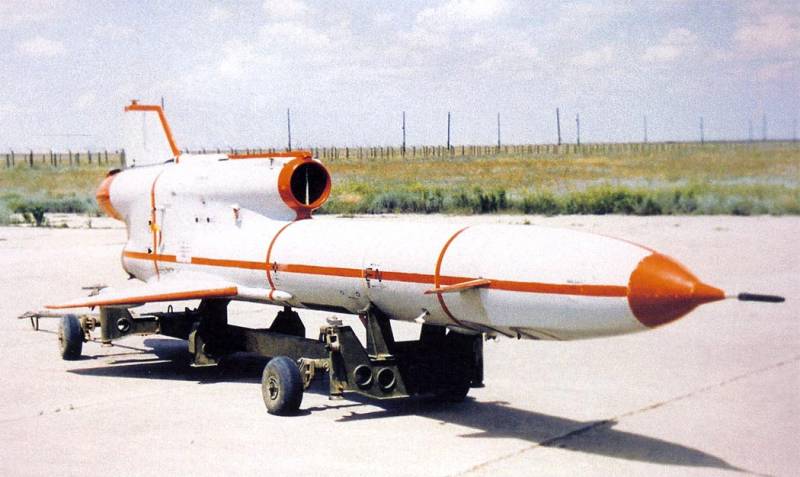
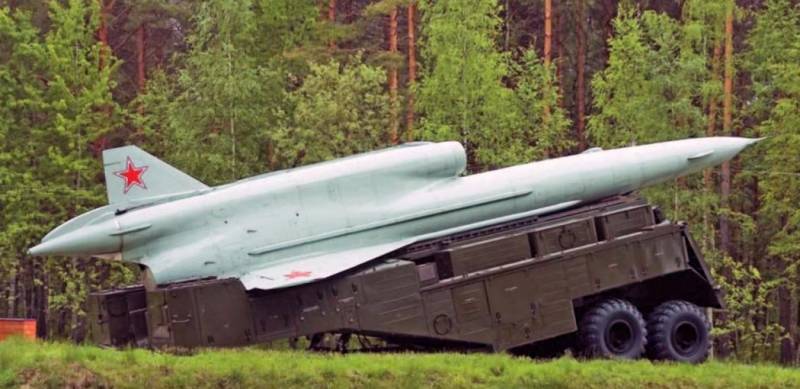
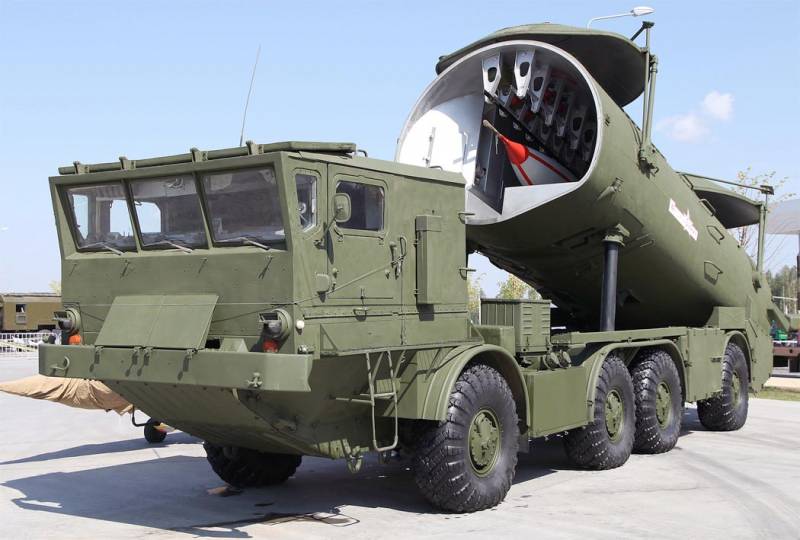
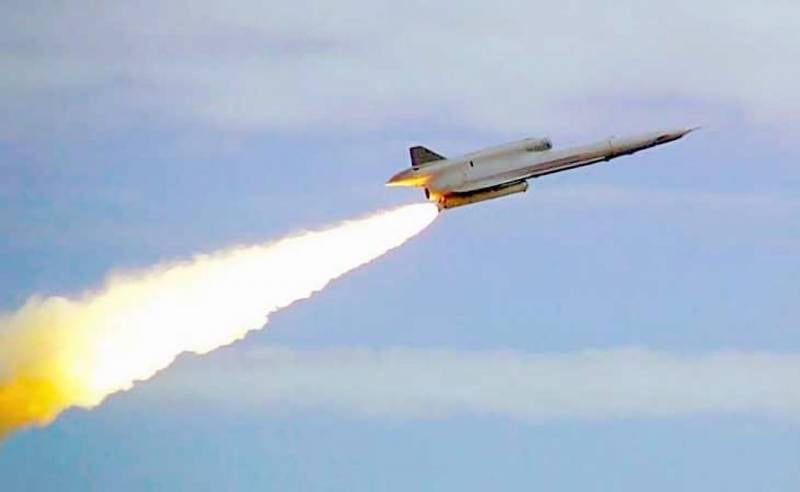
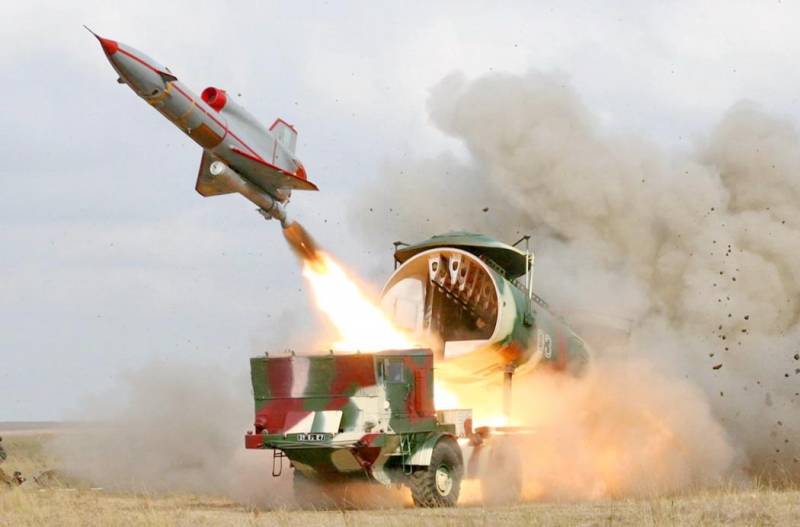
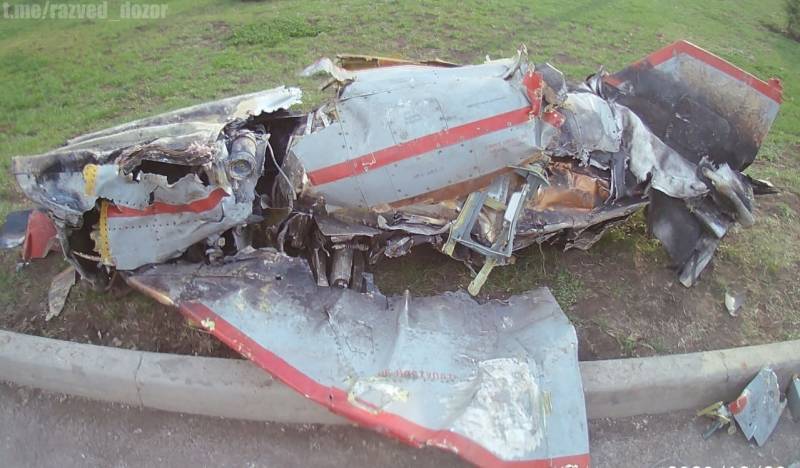
Information